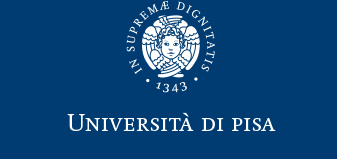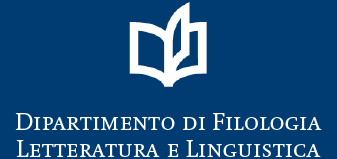Since the dawn of structuralism, the written language has been considered an ancillary system for oral language. Saussure’s (1916 [1959]: 23) stance is emblematic of this assumption: «Language and writing are two distinct systems of signs; the second exists for the sole purpose of representing the first. The linguistic object is not both the written and the spoken forms of words. The spoken forms alone constitute the object».
Recently, Friederici, Chomsky, Berwick, Moro, Bolhuis (2017: 713) explicitly state that the saussurean framework is: «too narrow. Speech is just one possible way of externalizing language (with sign or writing being other examples), ancillary to the internal computational system».
Various experimental studies have observed that the orthographic system can impact our phonological knowledge. By the end of the ‘70s, some seminal works on the topic (among others, Seidenberg, Tannenhouse, 1979; Ehri, Wilce, 1980) report that phonological processing relies on orthographic representations of the lexical items in tasks such as rhyme monitoring and phoneme counting. Moreover, the ability to add, move and delete phonemes seems to strongly depend on orthographic representations. Hence, it appears that the entities manipulated in these tasks are graphemes rather than phonemes. The interrelationship between orthographic knowledge and meta-phonological tasks is, once more, asserted by the study on illiterate and semi-illiterate speakers of Morais et al. (1979). Furthermore, the article of Read et al. (1986) on Chinese speakers highlights the possibility that meta-phonological abilities are correlated to a particular kind of script, the segmental ones.
At present, given the significance of the matter, we would like to handle some overarching questions throughout our Webinar:
- in what ways does orthographic structure interface with that of phonology?
- to what extent is it correct to assume that the orthographic system is directly dependent on phonology, and therefore that their relationship is unidirectional?
- is it possible to locate any effect of orthographic knowledge on phonology? Furthermore, if so, does the graphemic competence concern the lexical or post-lexical domain?
- can written language affect the phonological learning of L2?
- which are the effects of the interface between orthography and phonology from a diachronic perspective, e.g. in the evolution of linguistic systems?
Minimal references
Ehri, Wilce (1980), “The influence of orthography on readers’ conceptualization of the phonemic structure of words”, in Applied Psycholinguistics, 1 (4), pp. 371-385.
Friederici, Chomsky, Berwick, Moro, Bolhuis (2017), “Language, mind and brain”, in Nature Human Behaviour, pp. 713-722.
Morais, Cary, Alegria, Bertelson (1979), “Does awarness of speech as a sequence of phones arise spontaneously?”, in Cognition, 7, pp. 323-331.
Saussure [1959] (1916), Cours in General Linguistics, translated by W. Baskin, New York, The Philosophical Library.
Seidenberg, Tannenhouse (1979), “Orthographic effects on rhyme monitoring”, in Journal of Experimental Psychology, Human Learning and Memory, 5 (6), pp. 546-554.







